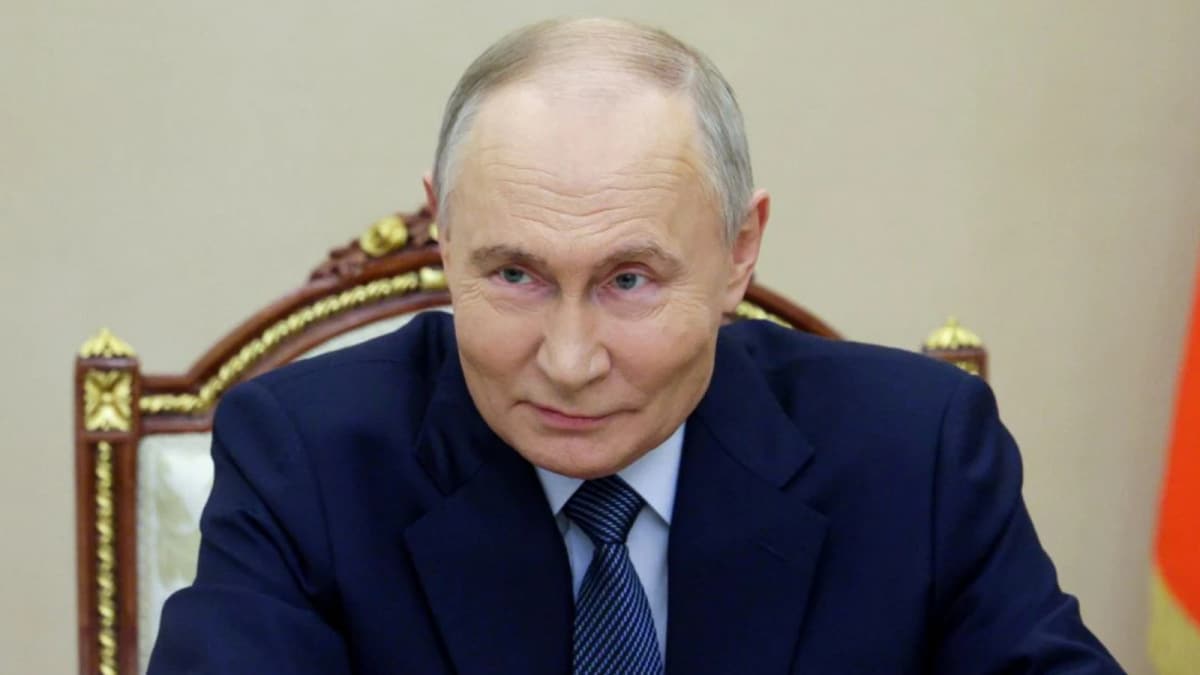ARTICLE AD BOX
Last Updated:June 20, 2025, 18:14 IST
Israel-Iran Conflict: How long either side can afford to keep going and are their economies prepared for it?

Israel-Iran Conflict: Israeli PM Benjamin Netanyahu and Iran's Khamenei | Image: AP
Israel and Iran are fighting a war that’s costing more than lives as behind the frontlines, both economies are under siege- one from spiraling defense spending, the other from collapsing oil exports. But how long either side can afford to keep going and are their economies prepared for it?
Israel’s Economy: Resilient But Stretched
Israel is waging this war on top of an already expensive conflict in Gaza. By the end of 2024, the Gaza war cost the country approximately 250 billion shekels ($67.5 billion)- the most expensive military campaign in its history. Israel added another 5.5 billion shekels ($1.45 billion) in new military expenses owing to the Iran conflict.
The country’s defense budget has surged accordingly- from 60 billion shekels ($17 billion) in 2023 to a projected 118 billion ($34 billion) in 2025. This rapid escalation is straining state finances as the country had set a 4.9% GDP deficit ceiling for the year but that figure now looks increasingly fragile.
The broader economy is showing signs of wear: 60,000 businesses closed in 2024, tourism below pre-war levels and Israel’s 2025 GDP forecast revised down from 4.3% to 3.6%. S&P Global Ratings warned that Israel’s credit score could be downgraded from A to A– if the war continues or expands.
Iran’s Economy: Sanctions And Shrinking Reserves
For Iran, the economic stakes are even higher. Already weakened by years of US sanctions, Iran is now facing direct physical attacks on its most vital economic assets. Israeli airstrikes have halted oil exports from Kharg Island, the source of over 90% of Iran’s crude shipments. Exports have plunged from 242,000 barrels/day to 102,000, according to energy analytics firm Kpler.
The South Pars gas field- which supplies 80% of Iran’s domestic gas- has been partially shut after coming under Israeli fire. Additional strikes have hit the Shahr Rey refinery and fuel depots outside Tehran.
Even before this conflict, Iran was operating on thin margins as its currency, the rial, lost over 90% of its value since 2018 while inflation officially hovered above 40%.
Tehran holds about $33 billion in foreign exchange reserves, but analysts warn these cannot support a drawn-out war. Iran’s defense budget is relatively modest- about $12 billion annually or 3–5% of its GDP.
Can Economies Of Israel And Iran Withstand The War?
For Israel, prolonged war threatens to derail growth, deepen its deficit and undermine investor faith. For Iran, it risks a full-blown fiscal crisis, greater isolation and internal unrest. Owing to this, what began as a show of strength may now be turning into a test of endurance- not just on the battlefield, but at the balance sheet as well.
- Location :
Israel
- First Published:
News world Missiles vs Money: Are Israel And Iran Fighting A War Neither Can Afford?



.png)
.png)
.png)
















 4 hours ago
5
4 hours ago
5









 English (US) ·
English (US) ·